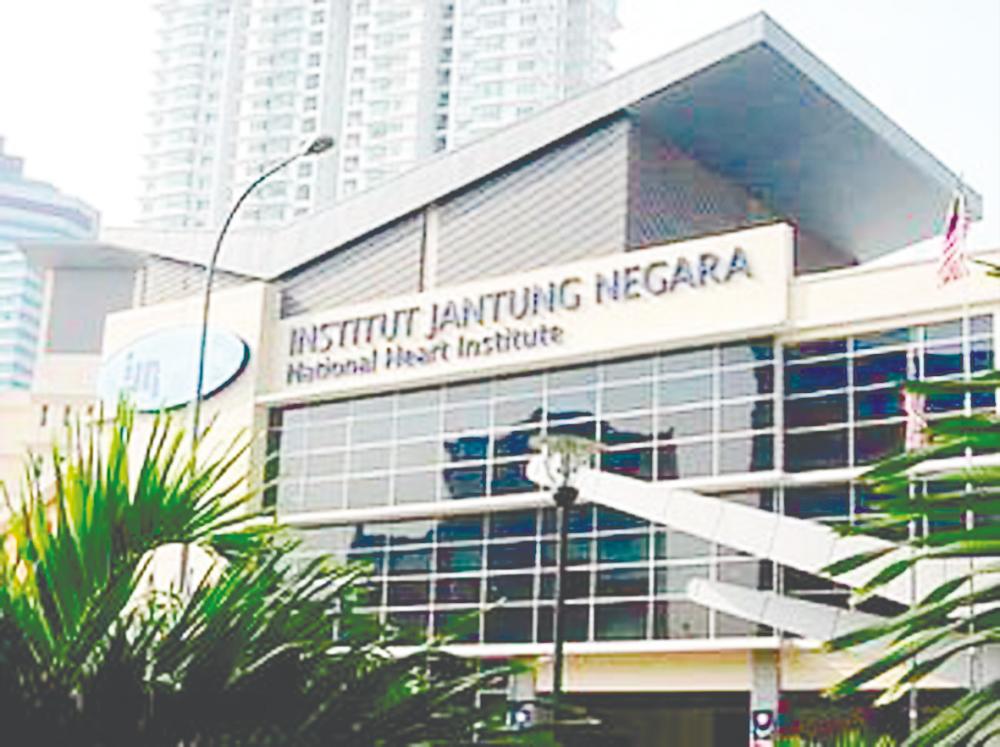PETALING JAYA: Indonesia remains the largest market for Malaysia’s medical tourism, with patients from the neighbouring country accounting for 64.9% of the total number of medical tourists last year, according to analysts.
TA Securities said that most of these patients come from major cities such as Jakarta and Surabaya, choosing Penang and Kuala Lumpur as their primary destinations for medical treatment. Popular hospitals include Island Hospital, Gleneagles, Penang Pantai Hospital, and the National Heart Institute in Kuala Lumpur.
Additionally, patients from China and India also play a significant role in the growth of the sector, contributing 5% and 3.1%, respectively, of the total medical tourists.
“Nearly half of the medical tourists from China seek fertility and cancer treatments, while patients from India tend to opt for general and specialised medical care,” TA Securities said in a research note.
With the implementation of a 30-day visa-free policy until the end of 2025, the Malaysia Healthcare Travel Council (MHTC) expects a notable increase in medical tourists from both countries.
TA Securities said that Penang and Kuala Lumpur remain the main hubs for medical tourism in Malaysia, with Penang accounting for 40.5% of the country’s medical tourism revenue last year, and Kuala Lumpur contributing 41%. Both cities offer a wide range of high-quality healthcare services that are easily accessible to international tourists.
Malaysia continues to receive international recognition as a provider of quality medical care, with two local hospitals – Gleneagles Kuala Lumpur and Sunway Medical Centre – being listed among the World’s Best Hospitals 2024. This accolade reflects the world-class treatment available at local hospitals, on par with other leading nations in the global healthcare sector.
Furthermore, MHTC is expanding its government-to-government collaborations with countries such as the Maldives and those in the Middle East to attract more medical tourists. These partnerships include promoting specialised treatments for particular communities, such as China’s Muslim population seeking high-quality healthcare.
MHTC is also leveraging the presence of expatriates working in Malaysia as medical tourism ambassadors. Foreign patients who have resided in Malaysia for extended periods serve as long-term testimonials for the quality of the nation’s healthcare services, distinguishing them from short-term health tourists who only come for temporary treatments.
In regional competition, TA Securities remarked that Thailand and Singapore remain Malaysia’s primary rivals. Thailand recorded the highest medical tourism revenue in Asean, with around US$850 million in 2023, surpassing Malaysia’s RM2.25 billion.
“Although Singapore is smaller in scale, the country targets patients requiring complex treatments from advanced markets. However, the strong Singaporean currency reduces its appeal to cost-sensitive medical tourists,” it added.
TA Securities also mentioned that the Indonesian government is actively improving its domestic healthcare infrastructure to reduce its citizens’ dependence on overseas treatments. However, this effort is expected to take time, as many Indonesians, particularly those in the high-income bracket, continue to seek medical treatment abroad due to the perception that the local healthcare system has yet to meet satisfactory standards.
Since its establishment in 2005, MHTC has continued to excel in promoting Malaysia’s medical tourism industry, as evidenced by the growing number of health tourists and impressive revenue growth. The government has also shown strong support for the sector, allocating RM30 million under the 2024 Budget to finance international promotions.
Moreover, internationally accredited hospitals in Malaysia remain a key draw. A total of 92 healthcare facilities, recognised by the Health Ministry and MHTC, are now promoted as top medical tourism destinations, including 22 elite hospitals offering high-quality treatments for tourists from around the globe.









